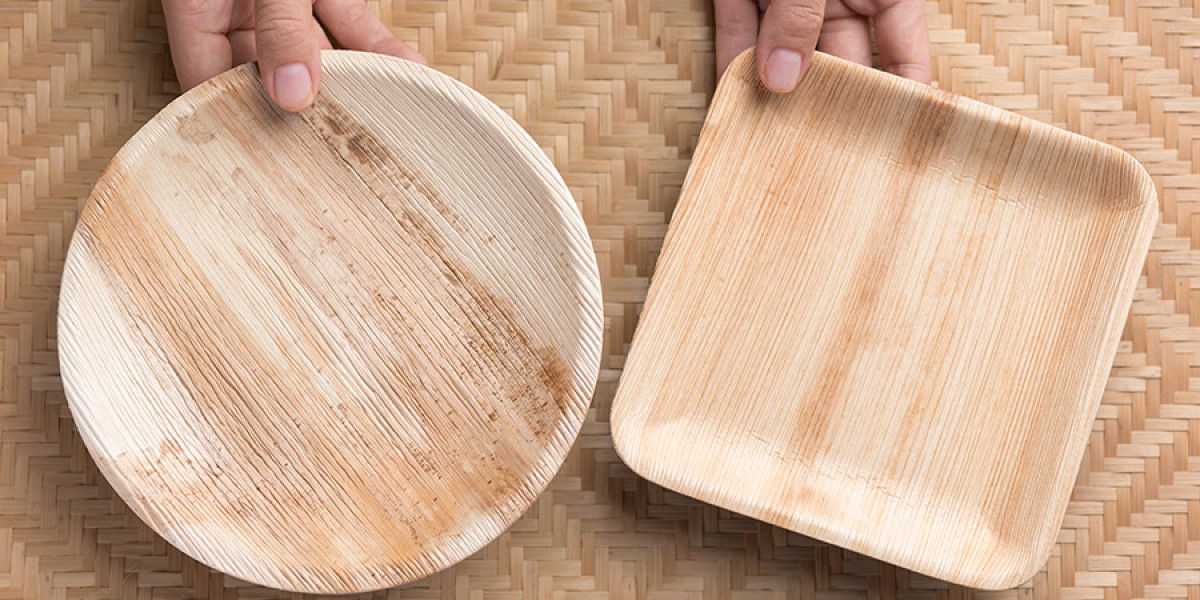The Convenience of Disposable Plates
Disposable plates are synonymous with convenience. Whether you're hosting a large party, going on a picnic, or simply looking to save time on clean-up, disposable plates are an ideal solution. Their benefits include:
Time-Saving: No need for washing dishes, which is particularly useful for large gatherings or busy lifestyles.
Portability: Lightweight and easy to carry, making them perfect for outdoor events and travel.
Variety: Available in various sizes, shapes, and designs to suit different occasions and aesthetics.
Types of Disposable Plates
Disposable plates come in various materials, each with its own set of advantages and disadvantages. Here are some of the most common types:
Paper Plates
Advantages: Lightweight, biodegradable, and often made from recycled materials.
Disadvantages: Less sturdy than other types, especially with heavier or liquid foods.
Plastic Plates
Advantages: Durable, versatile, and available in a wide range of designs and colors.
Disadvantages: Non-biodegradable and contribute significantly to plastic waste.
Foam Plates
Advantages: Lightweight, inexpensive, and good for hot and cold foods.
Disadvantages: Not environmentally friendly, as they are non-biodegradable and difficult to recycle.
Advantages: Made from materials like bamboo, palm leaves, or cornstarch, these plates are eco-friendly and compostable.
Disadvantages: Can be more expensive than traditional disposable plates.
Eco-Friendly Alternatives
As awareness of environmental issues grows, many people are seeking eco-friendly alternatives to traditional disposable plates. Here are some sustainable options:
Bamboo Plates
Bamboo plates are sturdy, stylish, and biodegradable. Bamboo is a fast-growing, renewable resource, making these plates a sustainable choice.
Palm Leaf Plates
Made from naturally fallen palm leaves, these plates are both biodegradable and compostable. They are also sturdy enough to hold a variety of foods.
Sugarcane Bagasse Plates
These plates are made from the fibrous residue left after sugarcane juice extraction. They are compostable, durable, and suitable for both hot and cold foods.
Compostable Paper Plates
Unlike regular paper plates, these are coated with plant-based or biodegradable materials, making them a better option for the environment.
Making the Right Choice
When selecting disposable plates, it's essential to consider the specific needs of your event or use case. Here are some tips to help you make the best choice:
Event Type: For formal events, opt for high-quality, stylish options like bamboo or palm leaf plates. For casual gatherings, paper or compostable plates may suffice.
Food Type: Consider the type of food you'll be serving. Heavier meals may require sturdier options like plastic or bamboo plates.
Environmental Impact: Choose biodegradable or compostable plates to minimize your environmental footprint.
Conclusion
Saattvic’s Disposable plates offer unparalleled convenience for a variety of occasions. By understanding the different types available and considering eco-friendly alternatives, you can make informed choices that suit your needs and align with your values. Embrace the convenience of disposable plates while making a conscious effort to protect the environment. Whether you're planning a party or simply looking to make everyday life a bit easier, there's a disposable plate option out there that's perfect for you.







